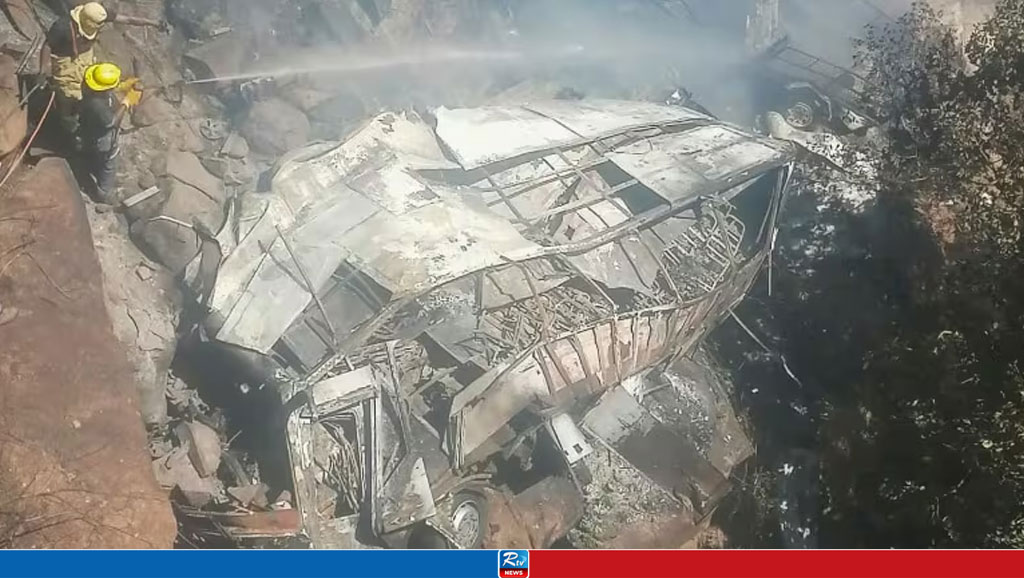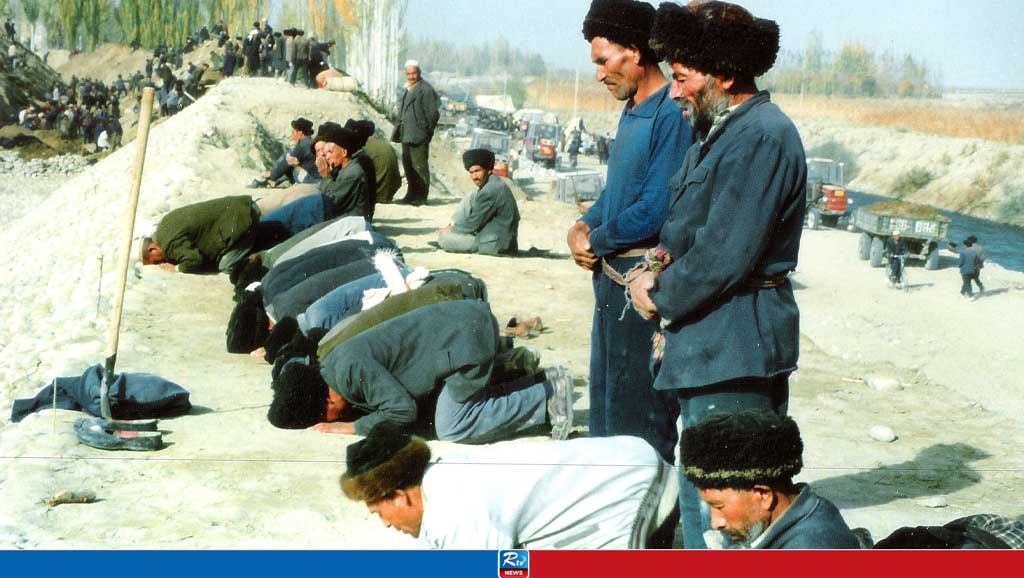Tibetan monks in occupied Tibet protest against hydropower dam project of China

Chinese security forces have detained over 100 Tibetan Buddhist monks and local residents in the southwestern Sichuan province amid escalating protests against the construction of a massive dam. The dam, known as the Gangtuo hydropower station, is set to submerge six Buddhist monasteries and displace two villages.
In a rare display of defiance, residents of Wangbuding township in Dege County, part of the Garze Tibetan Autonomous Prefecture, have been taking to the streets since February 14. Their protest is directed against the construction of the 2,240-megawatt hydropower station on the Drichu River, a tributary of the Yangtze River.
The ongoing protests began on February 14 when at least 300 Tibetans gathered outside the Dege county town hall, openly opposing the dam’s construction despite strict controls on public gatherings and intense surveillance by authorities in Sichuan and Tibet.
Reportedly, the detentions took place in the Kardze Tibetan Autonomous Prefecture in Sichuan, an area densely populated by ethnic Tibetans. Some of the arrested protesters required hospitalization due to the use of force by the police, including water cannons, pepper spray, and tasers.
Videos captured during the protests depict monks pleading with officials not to demolish Yena and Wonto monasteries, both earmarked for destruction as part of the hydropower project. The project, estimated at USD 4.6 billion, is the largest hydropower venture in the upper reaches of the Jinsha River.
Locals are particularly distressed as the dam construction threatens the existence of six monasteries, including the Wonto Monastery, home to ancient murals dating back to the 13th century. China has consistently attempted to erase Tibetan culture and heritage through force, and the construction of this dam is one such move.
The Gangtuo hydropower dam project will not only lead to the displacement of the Upper Wonto and Shipa villages but also result in the destruction of the Yena, Wonto, and Khardho monasteries in Dege county, as well as the Rabten, Gonsar, and Tashi monasteries in Chamdo township.
Wonto Monastery, severely damaged during China’s Cultural Revolution, holds cultural and religious significance, with locals preserving its ancient murals since its rebuilding in 1983.
Despite the ongoing protests, the construction of massive hydropower projects in the Tibet Autonomous Region has intensified in recent years. China is also undertaking the world’s largest hydroelectric dam on the Brahmaputra River in Tibet, close to the Arunachal Pradesh border, raising apprehensions among lower riparian states like India and Bangladesh.
Comments
Jacob Zuma barred from running in election

45 dead in South Africa bus crash, 8-year-old girl only survivor

World's most expensive cow sold for $4.3 million in Brazil

Turkey: Polls close in Erdogan's 'last election'

Italy is overtaking Germany as Europe's economic powerhouse

Lawmakers urge Biden to call out more Chinese biotech firms

Gaza death toll crosses 33,000


 Live Tv
Live Tv




